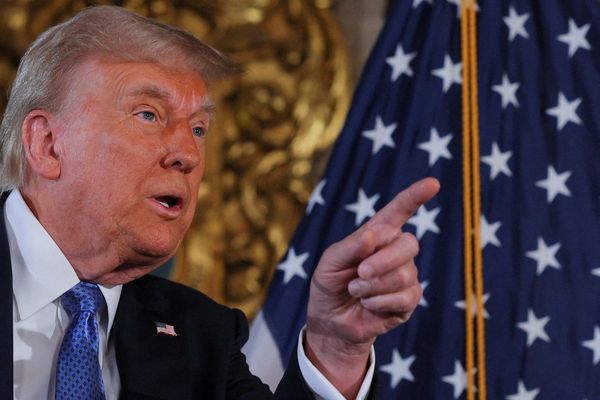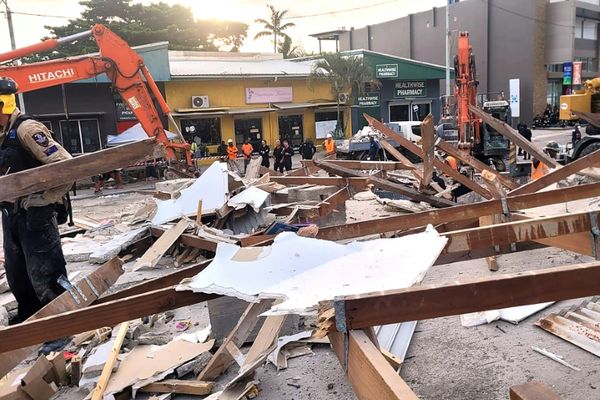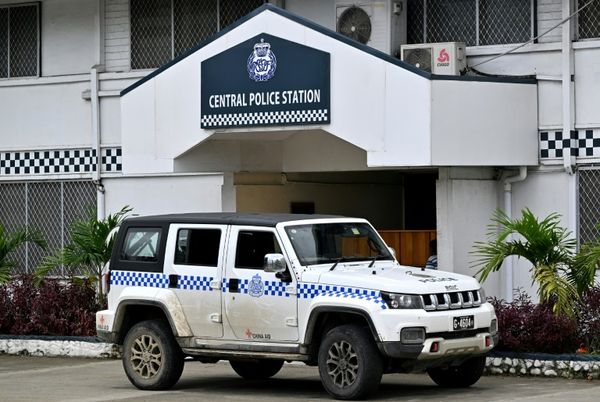
Australia’s services sector managed to expand in April, despite continued difficulties finding staff and rising cost pressures.
The Australian Industry Group performance of services index rose 1.6 points to 57.8 in April, remaining comfortably above the 50-point mark which separates expansion from contraction.
Ai Group chief executive Innes Willox said demand for services remained strong across all industries in April.
“While the pace of growth of new orders eased and some inroads were made into back orders, the services sector remains fully stretched and is battling cost and wage pressures,” he said.
“While the increase in interest rates may see a pull-back in demand in coming months, current imbalances are likely to continue in the period ahead.”
The Reserve Bank of Australia will release its quarterly statement on monetary policy on Friday and set out the possible path for the interest rates after this week’s decision to lift the cash rate for the first time in more than a decade.
The report will lay out a fresh set of economic forecasts and possible scenarios the economy faces.
The RBA raised the cash rate to 0.35 per cent at its monthly board meeting from an emergency record low of 0.1 per cent, which had been in place since November 2020.
It followed the spike in annual inflation to 5.1 per cent, the highest level since 2001, and underlying inflation jumping to 3.7 per cent and well above the RBA’s two to three per cent inflation target.
RBA governor Philip Lowe, like the Morrison government, says the significant pick-up in inflation largely reflects global factors.
“But domestic capacity constraints are increasingly playing a role and inflation pressures have broadened, with firms more prepared to pass through cost increases to consumer prices,” Dr Lowe said in his post-meeting statement.
Providing a flavour of the RBA’s new set of forecasts, Dr Lowe expects that inflation will rise further to around six per cent and underlying inflation to hit 4.75 per cent this year.
Both rates are expected to moderate to around three per cent by mid-2024.
“These forecasts are based on an assumption of further increases in interest rates,” he said.
In a rare press conference following the board meeting, Dr Lowe was reluctant to predict how quickly interest rates would rise.
“It’s not unreasonable to expect the normalisation of interest rates over the period ahead could see them rise to 2.5 per cent,” he said.
“How quickly we get there, and if we do get there, will be determined by how events unfold.”
A survey by the Australian National University found addressing cost of living pressures should be the main focus for whoever wins the May 21 federal election.
The survey of 3500 voters found found addressing cost of living (65 per cent), fixing aged care (60 per cent) and strengthening the economy (54 per cent) as the top three responses.







